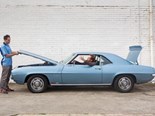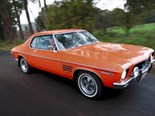Starting a classic car collection on just $20k
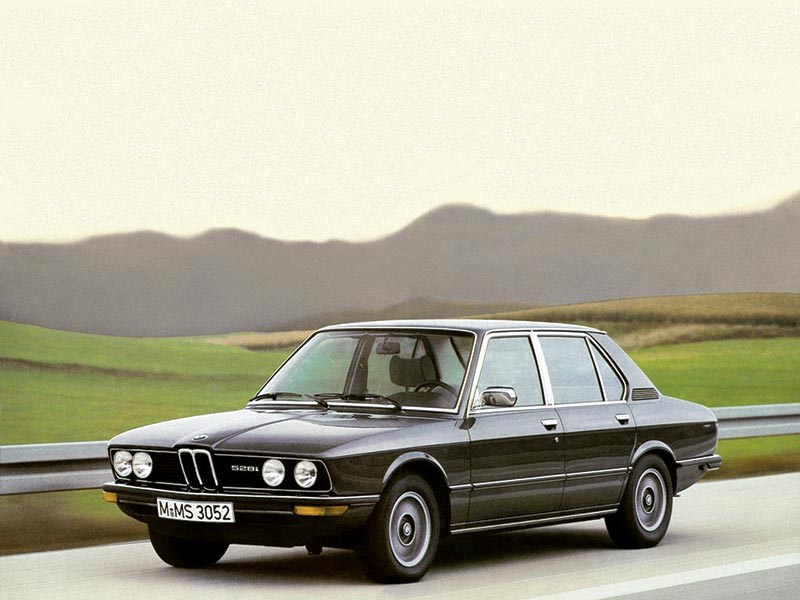 BMW 528i E12
BMW 528i E12

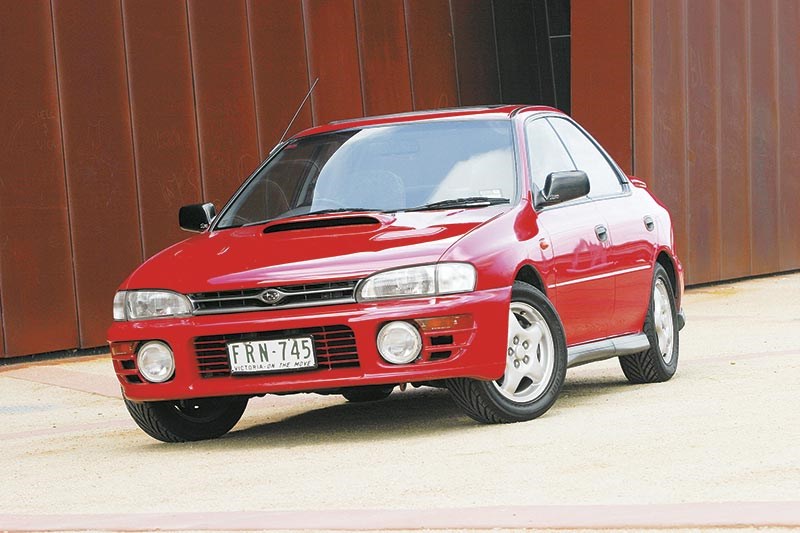 Subaru Impreza
Subaru Impreza

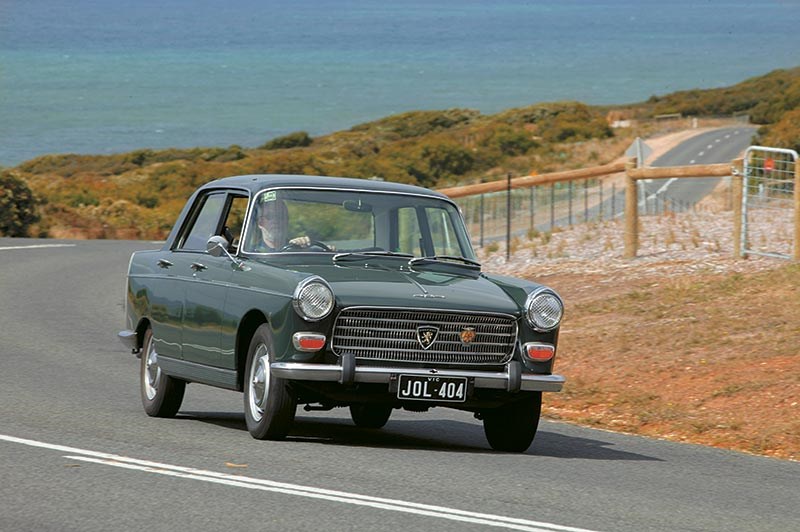 Peugeot 404
Peugeot 404

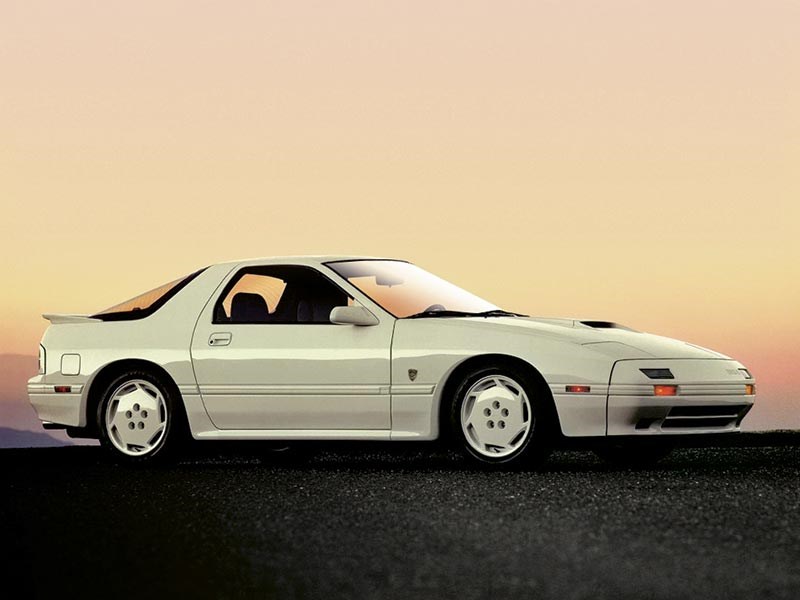 Mazda RX7
Mazda RX7

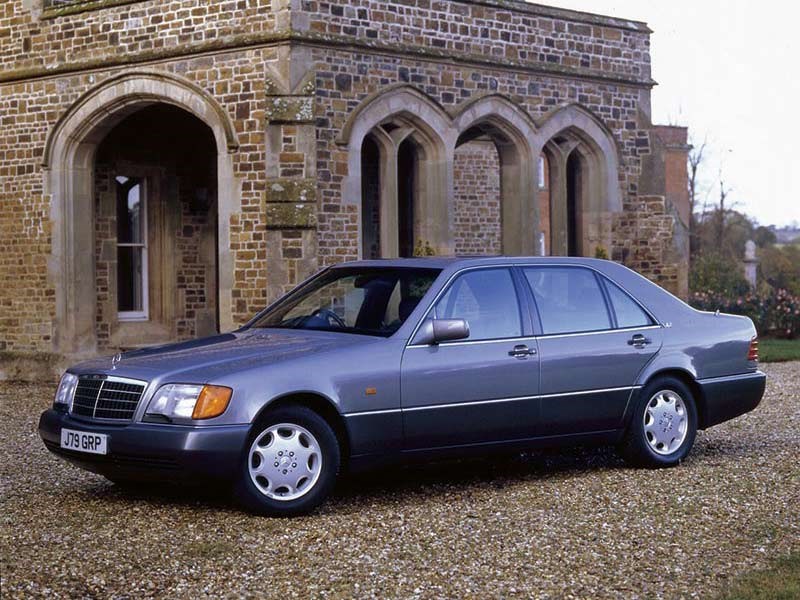 Mercedes-Benz W 140 S Class
Mercedes-Benz W 140 S Class

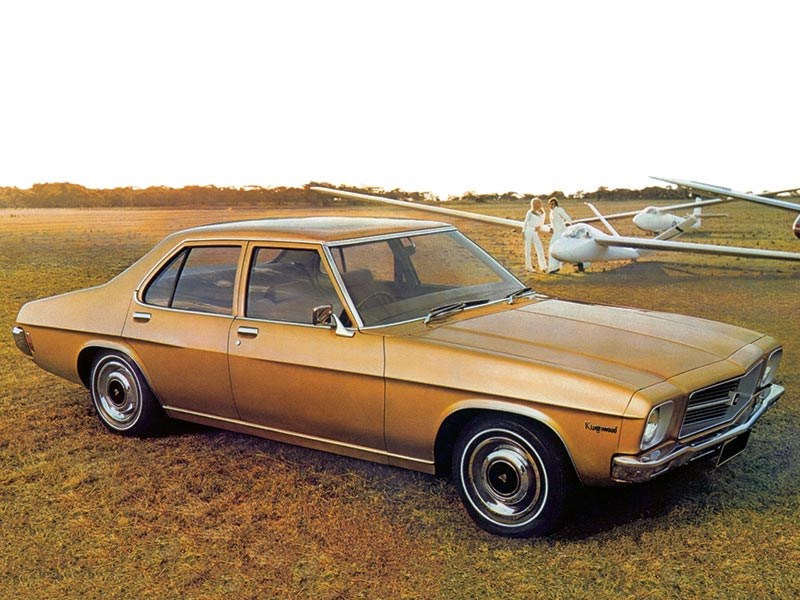 Holden HQ Kingswood
Holden HQ Kingswood

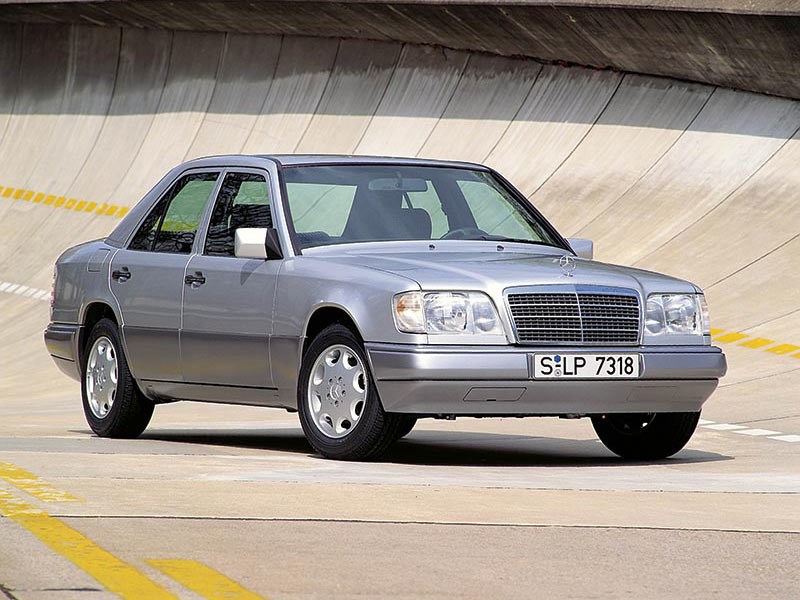 Mercedes-Benz W124
Mercedes-Benz W124

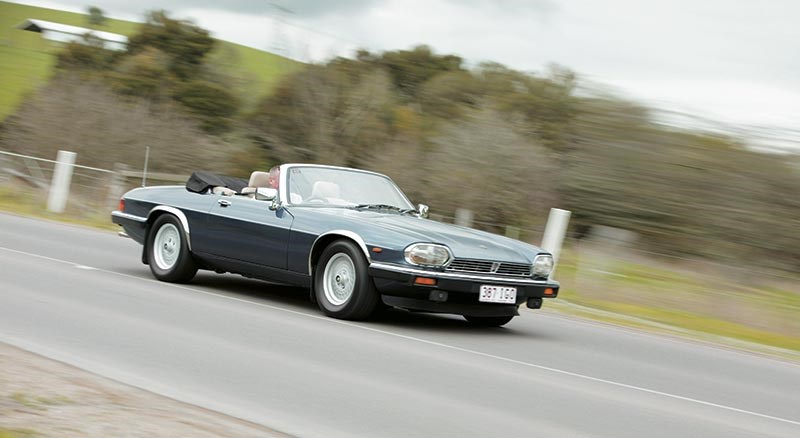 Jaguar XJS
Jaguar XJS

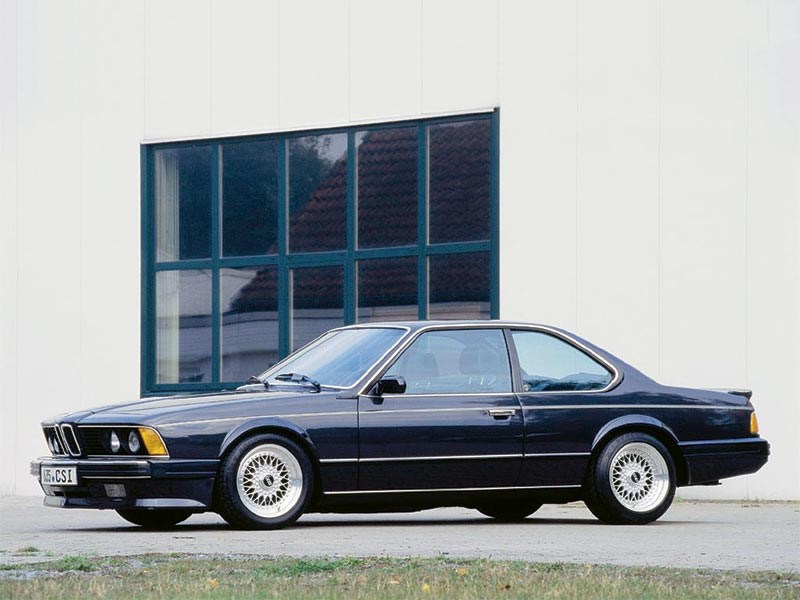 BMW 635csi
BMW 635csi

 Mazda MX-5
Mazda MX-5

 Leyland P76
Leyland P76
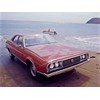
 MGB GT
MGB GT

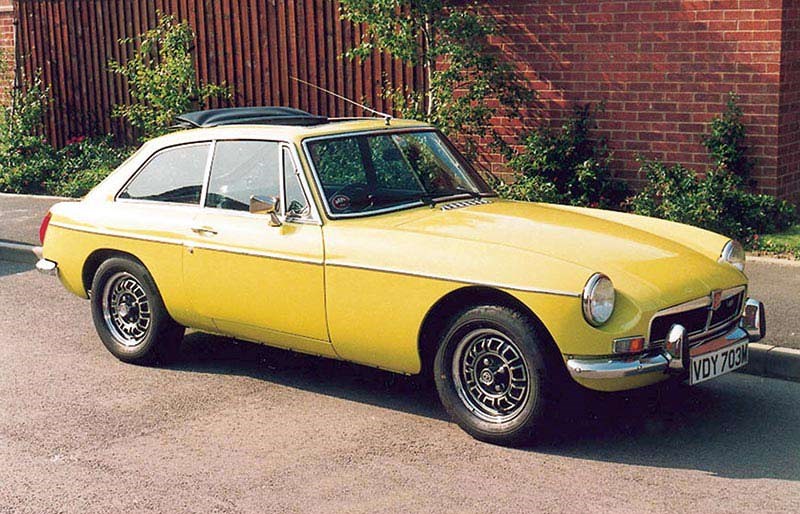 MGB GT
MGB GT

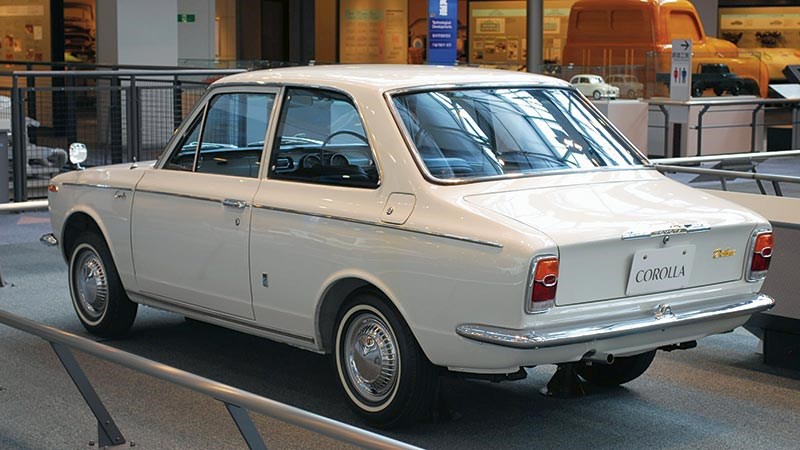 Toyota Corolla KE10
Toyota Corolla KE10

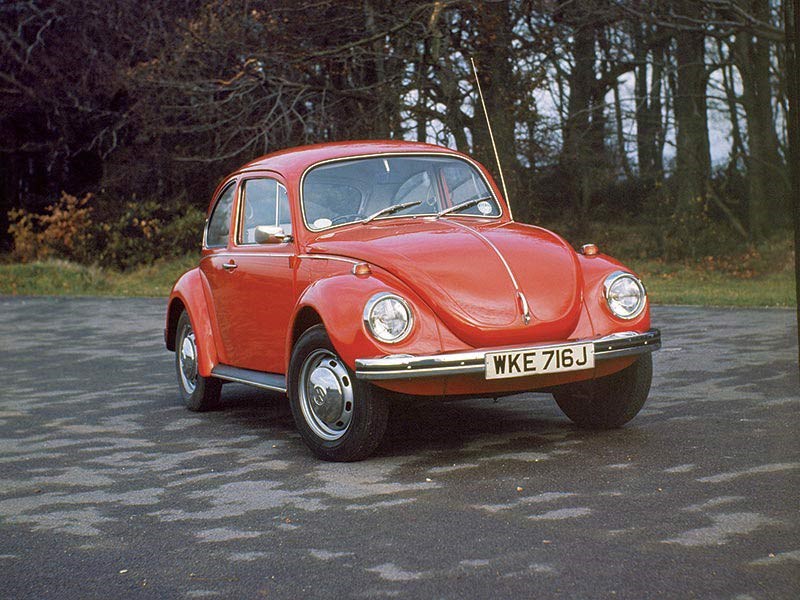 Volkswagen Beetle
Volkswagen Beetle

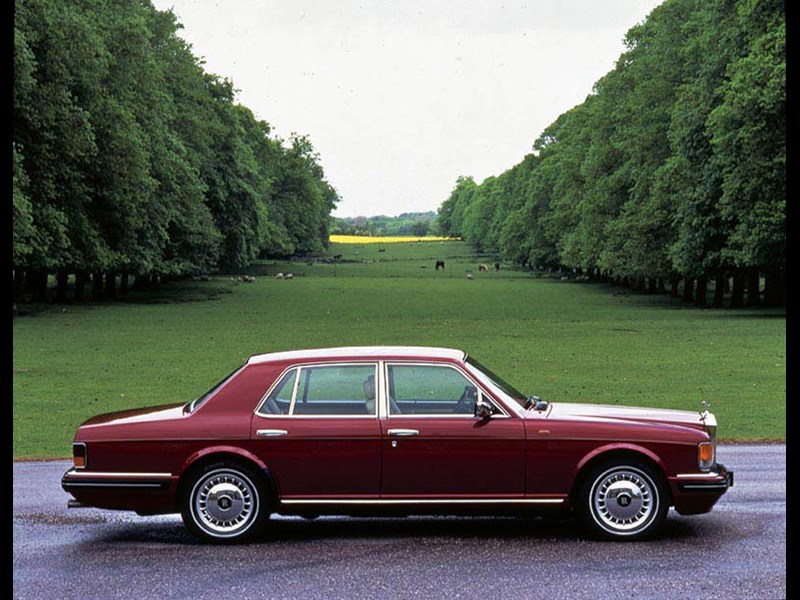 Rolls Royce Silver Spirit
Rolls Royce Silver Spirit

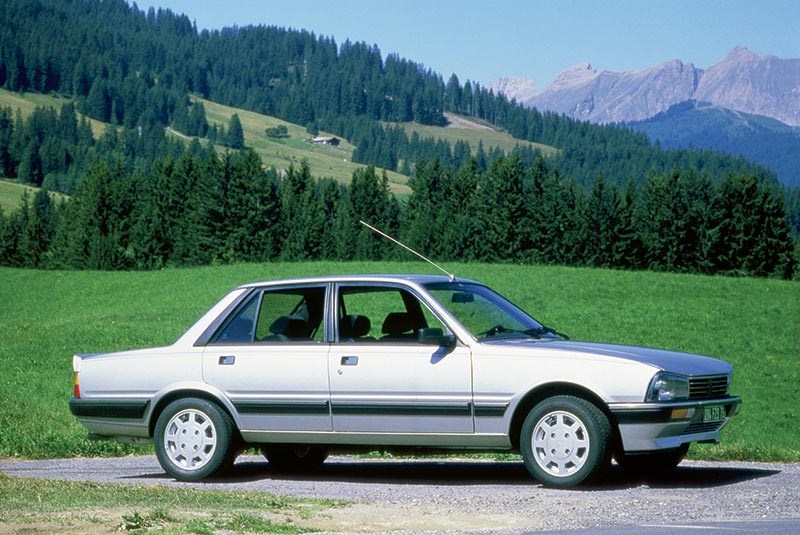 Peugeot 505
Peugeot 505

 Peugeot 205 GTI
Peugeot 205 GTI

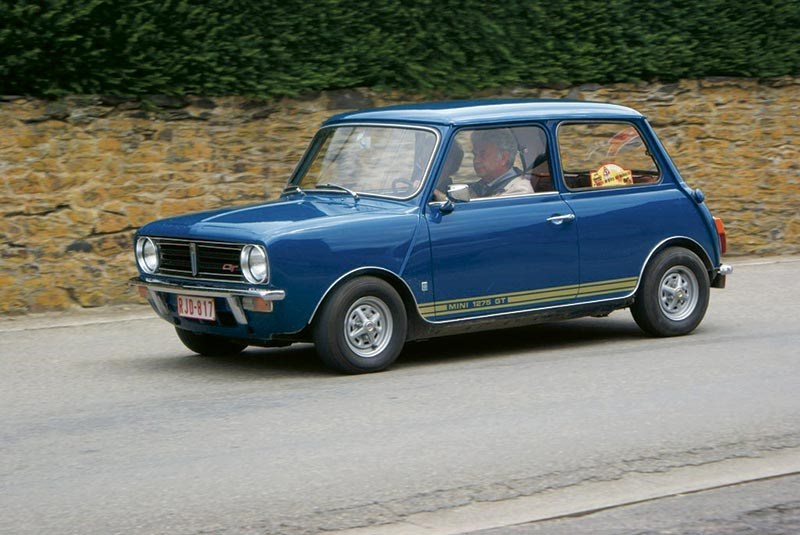 Mini 1275 GT
Mini 1275 GT


|
|
BMW 528i E12
|

|
|
Subaru Impreza
|

|
|
Peugeot 404
|

|
|
Mazda RX7
|

|
|
Mercedes-Benz W 140 S Class
|

|
|
Holden HQ Kingswood
|

|
|
Mercedes-Benz W124
|

|
|
Jaguar XJS
|

|
|
BMW 635csi
|

|
|
Mazda MX-5
|

|
|
Leyland P76
|

|
|
MGB GT
|

|
|
MGB GT
|

|
|
Toyota Corolla KE10
|

|
|
Volkswagen Beetle
|

|
|
Rolls Royce Silver Spirit
|

|
|
Peugeot 505
|

|
|
Peugeot 205 GTI
|

|
|
Mini 1275 GT
|
With just $20k to spend, can you start a collection with three interesting classics?
Collecting classics on just $20k
Collecting classic cars might not be quite as popular as buying an investment property but it is probably much more satisfying, even if the returns aren’t as good. If you buy old vehicles with a view to making money, good luck with that. But for many of us the pleasure is in the owning, the driving, even the competing. And, at the end of the day with a bottle of red, for just looking at or sitting in.
It’s a reasonably democratic kind of hobby. The wealthiest collectors may have hundreds of cars, but if you’ve got a grand total of two vehicles, that’ll do. You’re a collector. So if you have, say, a daily driver W124 Mercedes-Benz 230E with 400,000 km on the odo and a rusty Falcon Longreach ute which ran out of rego years ago, welcome to the club.
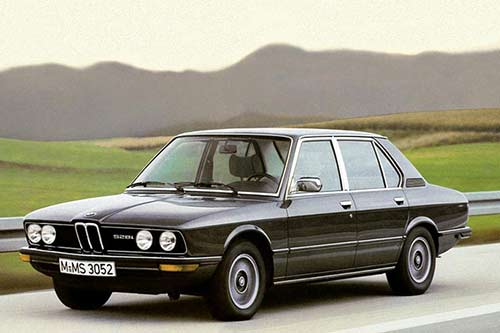
This story is aimed at readers who are neither rich nor especially handy. That’s probably most of us, to be honest. If you are the lucky individual who can repair and make things, then the psychiatrists reckon you have a head start over the rest of us. Even for those experts, the price and availability of parts matters, even if the labour is supplied. The rest of us need to choose more carefully and look to spread the risks somewhat.
If you buy three different cars you can achieve a fairly balanced portfolio, depending on how you plan to use (or not use) your vehicles. Spend $20K across three vehicles and you can have one for daily driving, one for club events and a third for occasional use. If you are not interested in motorsport, then you could substitute a commercial vehicle or a second interesting sedan or coupe that would only emerge from your shed for special occasions. Three hardly constitutes the full smorgasbord but you can get good variety.

Start with a centrepiece car, perhaps $12,000’s worth. This might be your personal provenance car. Then you can add two others, each worth somewhere between $3000 and $5000. It is remarkable how many classics sell in this price range. In all cases I am talking about good to very good cars – neat, roadworthy but maybe with broken air-conditioning and a small split in the crash pad – rather than concours winners. But which cars should you choose?
Regardless, always start with what you like, not what someone else recommends.
Before you begin you’ll need to consider worst case scenarios. Jaguar specialist, Mike Roddy in Melbourne, supplies and fits rebuilt XK engines for as little as $6,000, having effectively run a cottage industry devoted to the XK for many years. So it’s cheaper to replace the engine in your E-Type than it is in some Commodores. While I have never called on this service, it is reassuring to know it’s there. The Jaguar also uses a timing chain rather than the maintenance-sensitive notched rubber camshaft belt.

At the other end of the spectrum is the Citroën XM. It has a belt, changeover engines are nowhere on offer in this country and the four-speed automatic transmission can cost many thousands to overhaul. I suppose you could put my yellow Maserati Quattroporte into that category, too. As a rule, you should always choose a sound car over a cheaper one with obvious problems. In the case of any XJ Jaguar, you’re better off spending $8K or even $10K on a car that has been owned by one enthusiast for many years rather than $5K on a car that runs well but has non-functioning air con, rust around the front and rear screens and other shortcomings. It is very easy to spend $5K in repairs and still find your car is inferior.
At the lower end of the price range, you should probably forget notoriously tricky cars like the Morris 1100/1500, the Alfasud and probably the Renault 16. If, however, you live close to a specialist or wrecker, you might consider a spectacular example of any of these.
Be realistic with your expectations though. Twenty-five years ago you could still buy a Torana XU-1 for $12K. All Aussie cars with a Bathurst pedigree now carry big price tags. The trick is to look for cars with a more distant provenance. One example is the Peugeot 403. This is a generally more appealing machine than the Redex-winning 203 but lacking that credential is much less pricey. Or there is the Jaguar S Type 3.8 for less than half the price of the Mark 2 with its international racing heritage. Again, the S Type is a nicer car. One Aussie sports sedan that has escaped the speculators is the lovely Nissan Skyline Silhouette GTS SVD at about $10K.

For $20K you can get an impressive trio of cars. Here are some possibilities:
1. Jaguar S Type 3.8 ($12K), Mark 2 with better handling and more room
2. Mercedes-Benz W124 300E ($5K), best sedan in the world when new
3. Standard 8 ($3K), quaint early 1950s small car.
1. Mazda RX-7 Series 2 ($10K), underrated 944-like sports car
2. BMW 318is ($5K), quasi-M3 looks at bargain price
3. Austin A40 Devon ($5K), now just quaint but representative of its era.
1. Mercedes-Benz W210 S-Class ($10K), derided for its excess but magnificently over-engineered
2. Suzuki Mighty Boy ($5K), opposite end of spectrum, a little utility of little utility
3. Holden HQ Kingswood ($5K), belatedly recognised classic of considerable beauty.
1. Rolls-Royce Silver Spirit ($12K), about as cheap as it will ever be and better than a Shadow
2. Mercedes-Benz 180E ($3K), elegant, economical, great daily driver
3. Austin 1800 Mark II utility ($5K), uniquely Australian Land Crab variant.
1. Volkswagen Beetle 1200 ($10K), always a talking point and fun to drive
2. Mazda MX-5 ($7K), a better MGB without the price tag
3. Peugeot 505 ($3K), last of the classic rear-drive Pugs.
1. MGB GT ($12K), more practical and distinctive than the roadster and cheaper
2. BMW E12 528i ($5K), classic Bavarian hotrod superseded by lookalike E28
3. Ford 100E Prefect ($3K), laughable alternative to Morris Minor.
Or perhaps you’d rather have just two cars. Great matches would be
- A W210 S-Class with an Alfa GTV6
- A VW Beetle with an S Type Jaguar 3.8 or
- An MY00 Subaru Impreza WRX and a Jaguar XJ Series III (this last example from experience).
Some other worthy contenders for any duo or trio are:
BMW E34 318i ($3K), Jaguar XJS-HE ($12K), Peugeot 404 ($4K), Hillman Australian De Luxe ($5K), Humber Vogue ($5K), Leyland P76 ($5K), Mercedes-Benz W116 S-Class ($5K), Alfa 75 ($8K), Morris Minor 1000 ($5K), BMW 3.0 Si ($10K)
MAINTAINING YOUR COLLECTION
If you don’t have undercover parking, buy good quality car covers. I recommend the most expensive ones sold in the automotive shops – Repco, Autobarn, Supercheap Auto, et al. Brakes and suspension can cost more to repair on some cars than the engine. Drive the car at least fortnightly. Take it about 30 kilometres so that everything is warm. Avoid short trips. The occasional longer trip is also a good idea. Use the occasional burst of full throttle but only after having covered 25km.
On later model cars a yearly oil change with full synthetic oil is the way to go. But this oil is not suitable for high mileage vehicles or those of older technology. Your shed floor will reveal leaks if they are there.
Get a sympathetic mechanic to go over each car thoroughly every year or even every 18 months if you have owned the car long enough to know its foibles. The regular drive will soon betray shortcomings.
Pre-two-pack paintjobs should not be cut and polished too often because there is only so much paint to be removed! With cars that don’t get this use, push them backwards and forwards every month or so to make sure the tyres don’t go out of shape.
Unique Cars magazine Value Guides
Sell your car for free right here
Get your monthly fix of news, reviews and stories on the greatest cars and minds in the automotive world.
Subscribe

.jpg)










